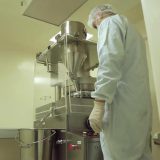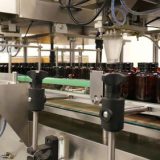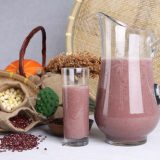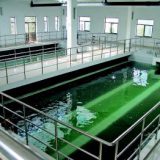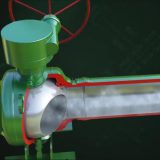In the olden days, containers were not needed at all. People eat, where they find the eatables. They were self-sufficient and in most cases produce everything that they need or use. If in any way people need the same they use shells, gourds, and leaves for the purpose. Afterward, containers came into use and were designed for natural materials like woven grasses, hollowed logs as well as animal organs.
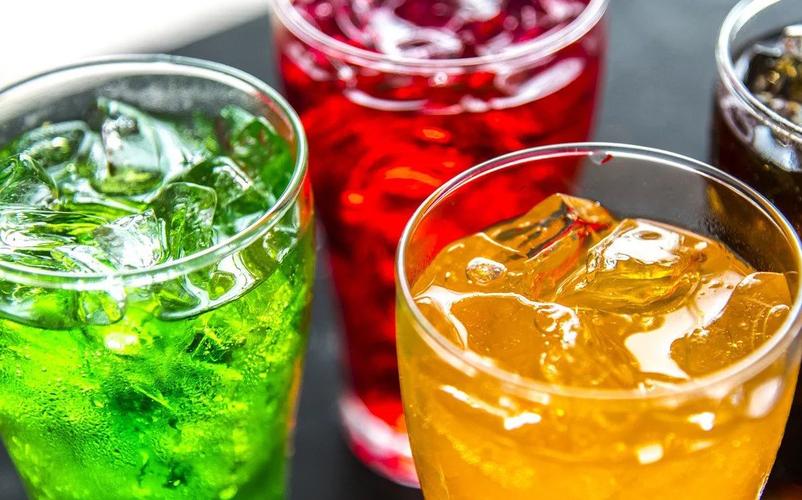
Cloth bags are used to carry things. Those bags are made of prehistoric fabric with knitting and weaving cloth, along with fur and felt matted. However to store food substances generally they were using baskets made by the weaving process with grasses and later reeds. Containers of metals and pottery were developed after the discovery of ores and compounds.
Let us discuss Paper packing first. The paper packaging bag otherwise known as flexible packaging is the oldest fashion of wrapping things. Hence, these first papers were fairly different from those used in today’s era. The olden paper was made from materials like flax fibers as well as linen rags.
Paper and paperboard packaging are in demand today as paper and its related products tended to fade in use. It has an eco-friendly effect. It has the benefit of an environmentally friendly aspect as can be decomposed very easily, unlike the plastic packaging material, which otherwise can be hazardous to the green environment. The first commercial paper bag was designed in England (1844 in Bristol).
Then, the glass-making technique first began in 7000 B.C. in Egypt. Since the early discovery, no changes have been found in the mixing process and ingredients, however, the molding procedure has improved dramatically. These were in abundant supply, as all ingredients were readily available and cheap. Packaging in glass tended to be kept for high-value products. It is a sort of rigid packaging.
The ancient boxes and cups, which were made from gold and silver, cost much for common use. That is the reason why the packaging of other stronger alloys and metal were developed. It ensures the safe preservation of foods.
Although discovered in the 19th century, plastic is considered the most recent packaging material. For outer wrappings, cellophane and transparent films have been discovered that maintain their shape when folded. Now such types of films can be made, colored, opaque, and embossed with designs.
Packaging changes with containers and the things that it contains. A variety of factors contributed to this growth of the packaging facet. The aspects like the needs and concerns of people, shifting lifestyles, competition in the marketplace, and discoveries and inventions contribute a lot to the journey. To protect the clean food packaging, electric actuated ball valves are necessary.
For more information, please visit https://www.adamantvalves.com/
